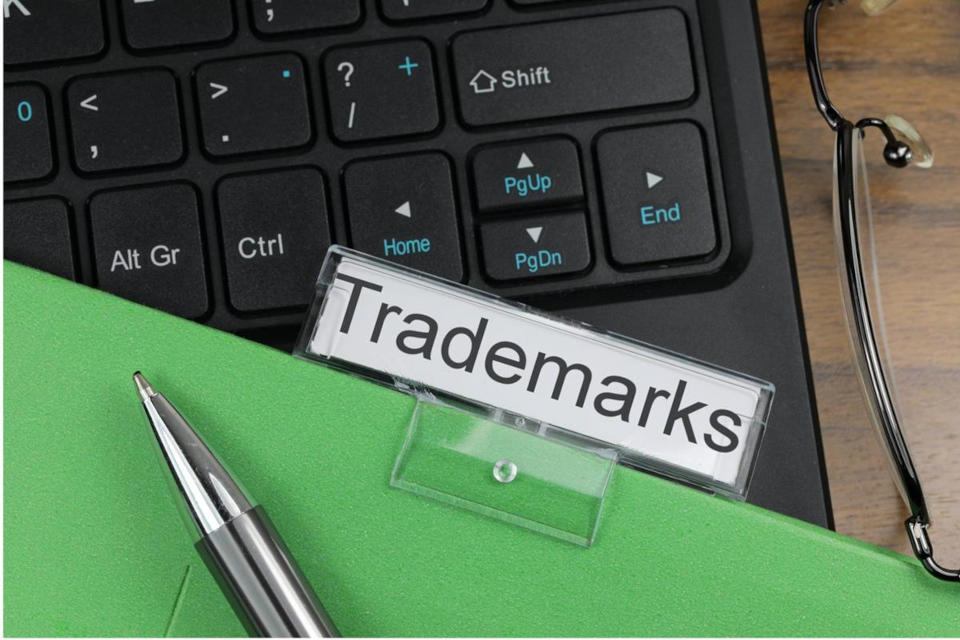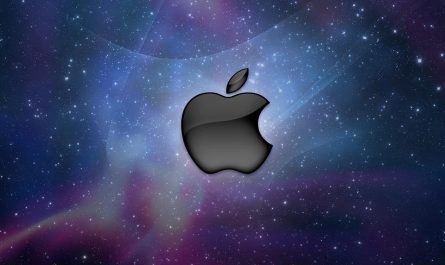First off, what is genericide? Just Google it! That’s actually a clue. Genericide refers to the gradual process by which a brand name or trademarked term loses its unique identity through frequent and common use by the public. When a term becomes generic, it can no longer be trademarked nor can existing trademarks be enforced. For example, “escalator” was once a protected trademark that represented the moving stairs manufactured by a specific company. Over time, people began using the term to describe any moving stairs, thus the trademark protection was lost. There are plenty of examples such as this that we all use each and every day without realizing it! Let’s explore 5 genericide facts that will make you a trivia Superhero (another genericized word) at parties:
5 Genericide Facts
- Heroin was once trademarked by Bayer. (source) Heroin was trademarked in 1898 by Bayer as the name for a drug derived from morphine. It is based on the German word heroisch which translates to “heroic and strong”. By 1917, Bayer lost the heroin trademark Aspirin was another Bayer trademark lost that year.
- The most recent brand name to become genericized is Zoom. (source) Founded in 2011, Zoom’s popularity during the pandemic lock-downs accelerated the process of it becoming genericized. Now, many people use “zoom” as a generalized way to describe web and video conferencing.
- Apple has prevented being genericized by using generic terms for their products from the start. (source) By insuring that their products have preexisting generic terms and referring to them that way from the beginning, Apple has avoided genericide. For example, iPads were referred to as tablets and Macs were referred to as computers.
- Linoleum is considered to be the first product name to become a generic term. (source) Linoleum inventor Frederick Walton applied for a series of patents for his rapidly growing product in 1860. By 1869, it had become so popular that he began exporting it across Europe and the U.S. In 1887, a competitor named Sir Michael Nairn created their own linoleum company. Walton sued Nairn and lost because the court determined the term linoleum had become so commonplace that it was now generic.
- Other genericized trademarks include granola, Saran wrap, trampoline, and bubble wrap. (source) Bubble wrap was invented in 1957 by Alfred Fielding and Marc Chavannes, originally intending it to be used as wallpaper. Can you imagine a world where walls were covered in bubble wrap?
Featured image photo credit: Nick Youngston and Alpha Stock Images, year unknown. Originally found on Picpedia.org. Image was resized and cropped. Creative Commons 3.0.



